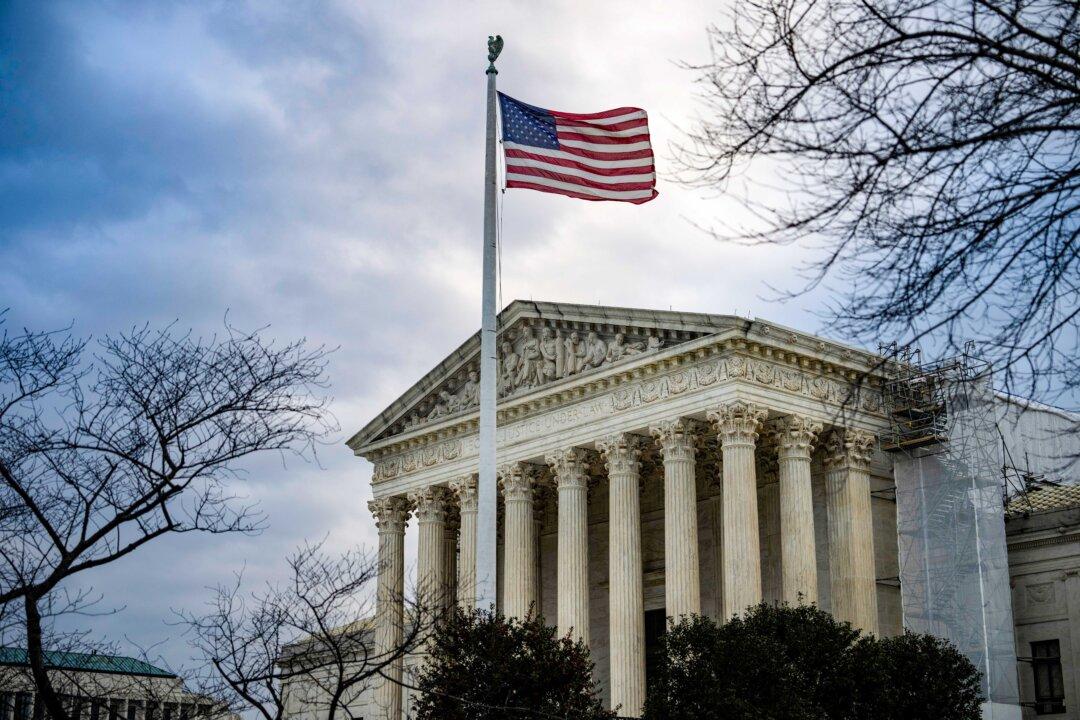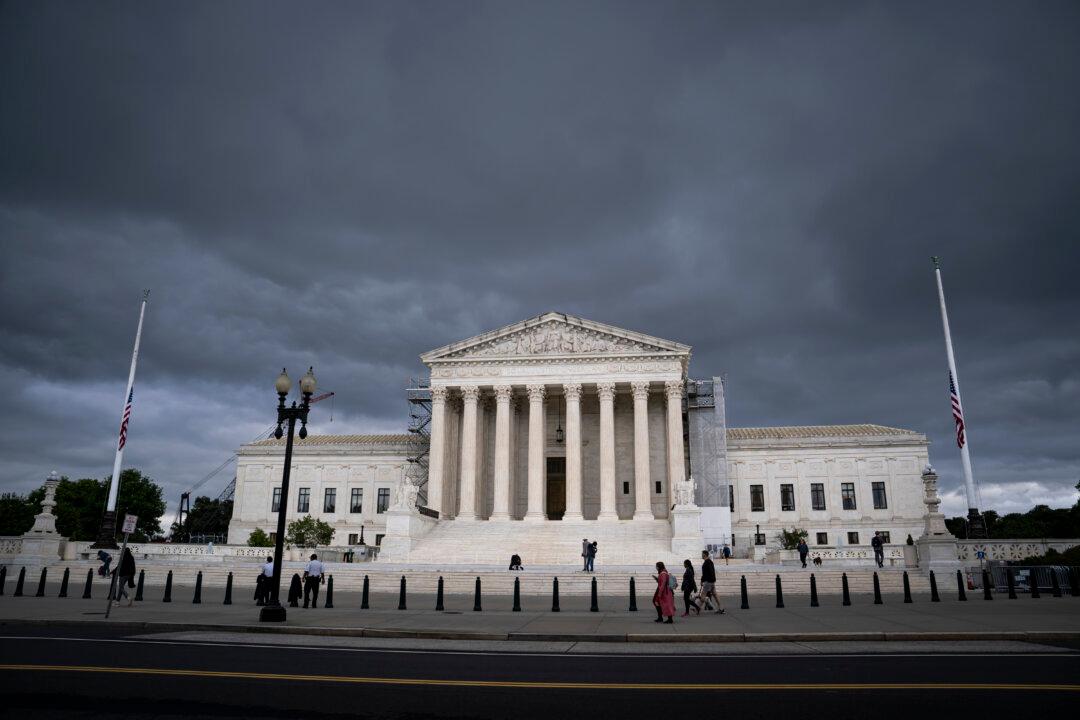Commentary
Will the Supreme Court uphold the Chevron doctrine, under which courts defer to contested interpretations of law by agencies in the executive branch? Or will the high court instruct lower courts to determine the best reading of the law, as they do in virtually every non-agency case?




